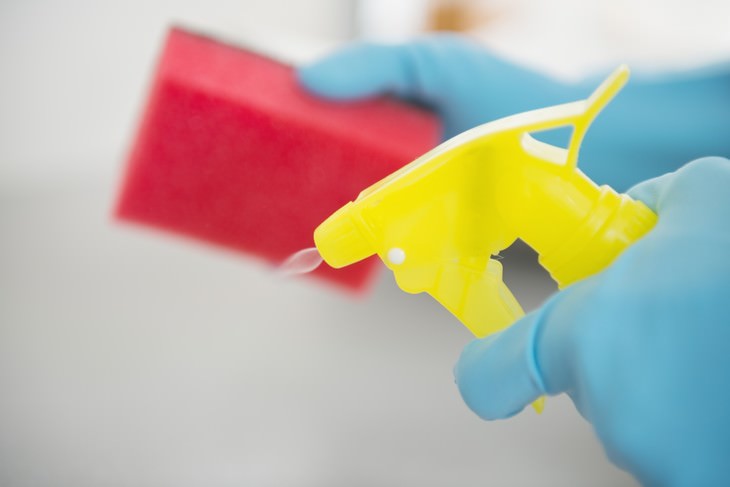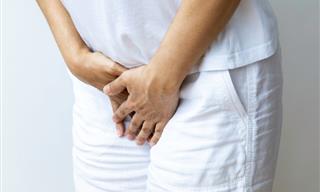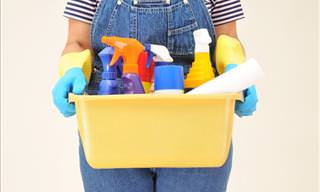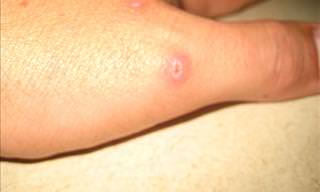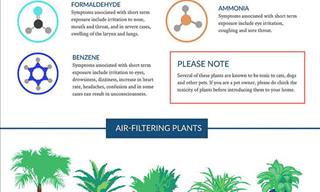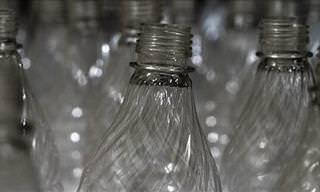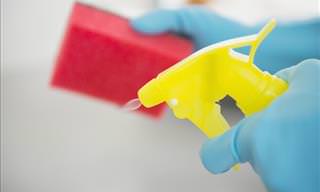Using gloves while handling bleach is a must, we all know that, but it turns out that gloves may not be enough to protect you from the harmful effects of bleach, as the toxic gases products containing bleach emit may get into the lungs and even the bloodstream. This is especially true about mixed cleaning products that contain both bleach and limonene, a cleaning agent and fragrance with a lemon scent commonly used in cleaning products. To learn how bleach-based cleaners can affect one’s health and how to protect yourself from the negative effects of bleach, continue reading.
When used separately, limonene and bleach are not overtly dangerous, although even then, it would be a stretch to say that these compounds are completely safe to use. Both chemicals can cause skin irritation and allergic skin reactions, but apart from that, using bleach to clean dishes and do laundry in hot water can emit toxic carcinogenic compounds, such as chloroform and carbon tetrachloride.
Limonene, on the other hand, is one of the most common volatile organic compounds (VOCs) that linger indoors, which are a group of organic chemicals emitted from everyday home items that can cause eye, throat and lung irritation and may have long-term negative health effects as well.
When combined, the two compounds can become even more harmful to one’s health, which is extremely alarming, as hundreds of cleaning brands use both ingredients in their products. The mixture of limonene and bleach exposed to light creates secondary organic aerosols (SOAs) that are released in the air.
This has been proven experimentally, with one recent study mixing the two chemicals in a controlled indoor environment and finding SOAs in far greater than normal concentrations in the air shortly after. SOAs are toxic gases that are also part of smog, and they have been long known to contribute to lung and heart disease in the long run.
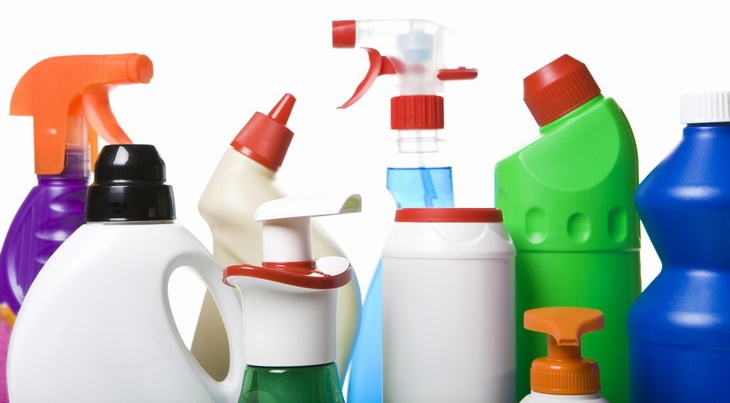
Regular exposure to SOAs is extremely dangerous, as the particles of these gases are so small they can travel directly into your bloodstream through your lungs and cause difficulty breathing, coughing and even heart attacks. This is especially dangerous in an indoor environment that doesn’t typically get enough air circulation. The study mentioned above is the first of its kind to explore the interactions between fragrance compounds and other cleaning agents, and the authors point out that other fragrances, too, can potentially produce SOAs when mixed with bleach.
To avoid the negative impact of cleaning products containing bleach, consider the following tips:
- Use natural cleaners, such as baking soda or vinegar solutions instead of bleach.
- If you insist on using bleach to clean your home, opt for pure bleach and avoid scented products that contain bleach, as these are far more likely to create SOAs.
- Air out your home regularly, especially right after cleaning.
- Use a sanitary mask and gloves when using bleach.
- Avoid using bleach in hot water.
- Opt for fragrance-free cleaners altogether, as the VOCs can linger in the air or stick to furniture and textiles.
 Go to BabaMail
Go to BabaMail


